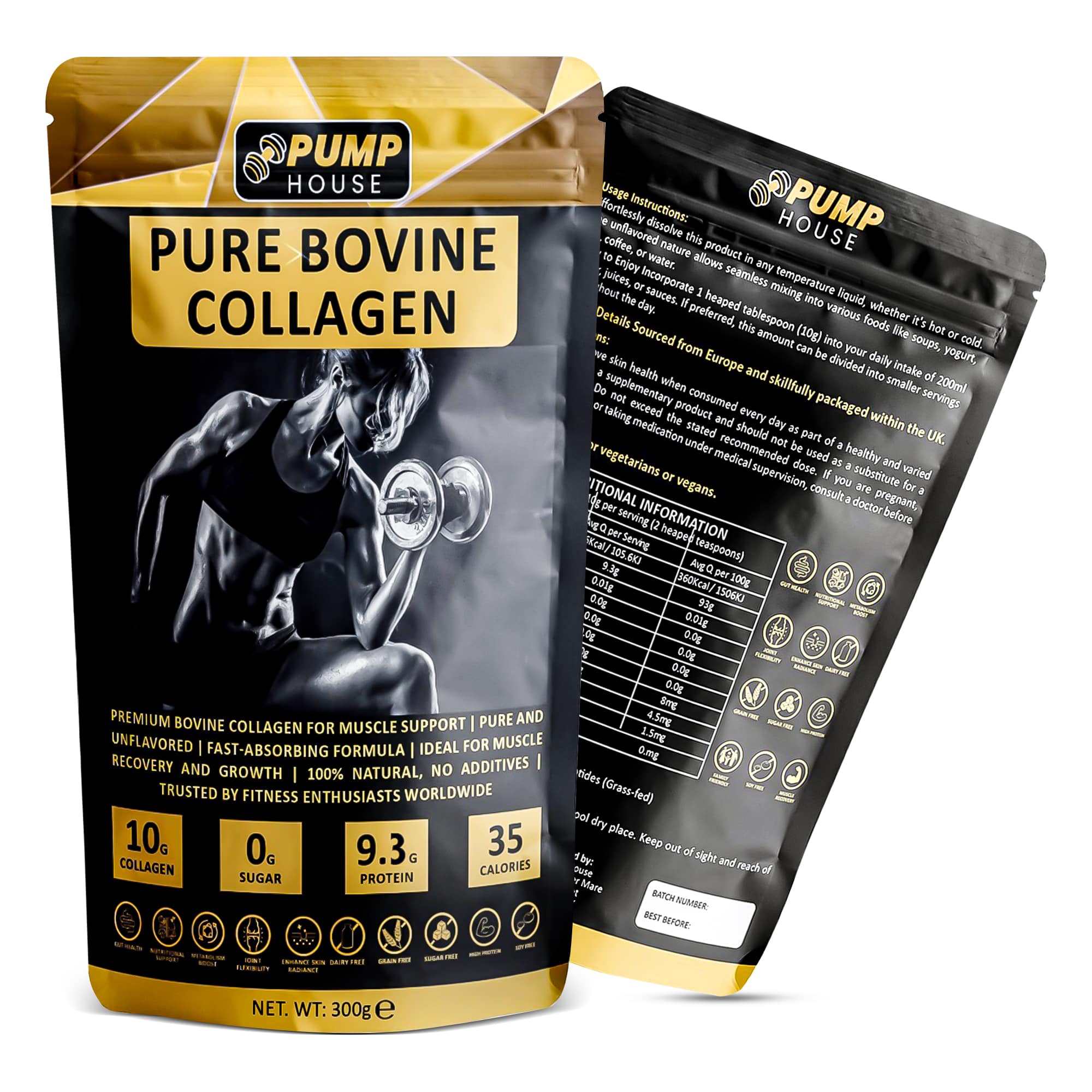
Decoding Food Labels: A Guide to Post-Christmas Nutrition in the UK
Decoding Food Labels: A Guide to Post-Christmas Nutrition in the UK
Introduction: Understanding the Basics of Food Labels
Food labels are an essential tool for consumers to make informed choices about the foods they consume. They provide important information about the nutritional content of a product, including the number of calories, fat, sugar, and salt it contains. By reading food labels, individuals can better understand what they are putting into their bodies and make healthier choices for themselves and their families.
The purpose of food labels is to provide transparency and help consumers make informed decisions about the foods they purchase. They are required by law in many countries and provide valuable information about the ingredients, nutritional content, and allergens present in a product. By reading food labels, individuals can identify potential allergens, make choices that align with their dietary needs or preferences, and ensure they are consuming a balanced diet.
The Importance of Post-Christmas Nutrition
After the indulgence of the holiday season, it is important to pay attention to our nutrition and make healthier choices. The post-Christmas period is often characterized by unhealthy eating habits, such as overeating, consuming excessive amounts of sugar and fat, and neglecting fruits and vegetables. This can lead to weight gain, low energy levels, and a weakened immune system.
By focusing on post-Christmas nutrition, individuals can reset their eating habits and start the new year on a healthier note. This involves making conscious choices to include more fruits, vegetables, whole grains, lean proteins, and healthy fats in their diet. It also means being mindful of portion sizes and avoiding excessive consumption of sugary and fatty foods.
Decoding Nutritional Information: Calories, Fat, Sugar and Salt
Understanding the nutritional information on food labels is crucial for making informed choices about what we eat. Key components to pay attention to include calories, fat, sugar, and salt.
Calories represent the amount of energy provided by a serving of food. It is important to be aware of the calorie content of foods, especially if you are trying to maintain or lose weight. Choosing foods with lower calorie content can help you achieve your health goals.
Fat is another important component to consider. While fat is an essential nutrient, consuming too much saturated and trans fats can increase the risk of heart disease. It is important to choose foods that are low in saturated and trans fats and opt for healthier fats such as monounsaturated and polyunsaturated fats.
Sugar is a major contributor to weight gain and can lead to various health issues such as diabetes and tooth decay. It is important to be mindful of the sugar content in foods, including hidden sugars in processed foods. Choosing foods with lower sugar content or opting for natural sweeteners can help reduce sugar intake.
Salt, or sodium, is another component to be aware of. Consuming excessive amounts of salt can increase blood pressure and the risk of heart disease. It is important to choose foods with lower salt content and limit the use of added salt in cooking and at the table.
Understanding Serving Sizes and Portion Control
Serving sizes on food labels provide information about the recommended amount of a food product that constitutes one serving. It is important to understand serving sizes as they relate to portion control.
Portion control refers to the amount of food we choose to eat at a given time. It is easy to overeat when portion sizes are large or when we are not paying attention to how much we are consuming. By understanding serving sizes, individuals can better control their portion sizes and avoid overeating.
Tips for controlling portion sizes include using smaller plates and bowls, measuring out appropriate portions, and being mindful of hunger and fullness cues. It is also helpful to avoid eating directly from packages or containers, as this can lead to mindless eating.
Identifying Hidden Sugars and Fats in Processed Foods
Processed foods often contain hidden sugars and fats that can contribute to weight gain and other health issues. It is important to read food labels carefully to identify these hidden ingredients.
When reading food labels, look out for ingredients such as high fructose corn syrup, dextrose, sucrose, and maltose, which are all forms of added sugars. Similarly, be aware of ingredients such as hydrogenated oils, palm oil, and shortening, which are sources of unhealthy fats.
Choosing healthier options involves opting for foods that are low in added sugars and unhealthy fats. This can include choosing whole foods over processed foods, cooking meals from scratch using fresh ingredients, and being mindful of the ingredients listed on food labels.
The Impact of Food Additives on Health
Food additives are substances added to food to enhance flavor, improve texture, or extend shelf life. While many food additives are safe for consumption, some can have negative effects on health.
Common food additives to be aware of include artificial sweeteners, preservatives, and artificial colors. Artificial sweeteners such as aspartame and saccharin have been linked to various health issues and should be consumed in moderation. Preservatives such as sodium nitrite and sodium benzoate can also have negative effects on health when consumed in large amounts.
To avoid harmful food additives, it is important to read food labels and choose products that are free from artificial sweeteners, preservatives, and artificial colors. Opting for whole foods and cooking meals from scratch can also help reduce exposure to harmful additives.
Deciphering "Free-From" Claims on Food Labels
"Free-from" claims on food labels refer to the absence of certain ingredients or allergens in a product. These claims can be helpful for individuals with specific dietary needs or preferences.
Common "free-from" claims include gluten-free, dairy-free, nut-free, and vegan. Gluten-free products are suitable for individuals with celiac disease or gluten intolerance. Dairy-free products are suitable for individuals with lactose intolerance or those following a vegan diet. Nut-free products are important for individuals with nut allergies. Vegan products are suitable for individuals following a plant-based diet.
When deciphering "free-from" claims, it is important to read food labels carefully to ensure that the product is truly free from the specified ingredient or allergen. It is also important to consider the overall nutritional content of the product and choose options that are still healthy and balanced.
The Benefits of Choosing Whole Foods and Fresh Produce
Choosing whole foods and fresh produce over processed foods can have numerous benefits for our health. Whole foods are minimally processed and retain their natural nutrients, fiber, and antioxidants. Fresh produce is rich in vitamins, minerals, and phytochemicals that are essential for optimal health.
By incorporating more whole foods and fresh produce into our diet, we can increase our intake of essential nutrients and reduce our consumption of unhealthy additives, sugars, and fats. Whole foods and fresh produce also tend to be lower in calories and higher in fiber, which can aid in weight management and promote digestive health.
Tips for incorporating more whole foods and fresh produce into your diet include shopping at farmers' markets or local grocers, planning meals around fruits and vegetables, experimenting with new recipes, and gradually reducing your reliance on processed foods.
Navigating Food Labels for Special Dietary Requirements
For individuals with special dietary requirements, navigating food labels can be particularly important. Whether you have allergies, intolerances, or follow a specific diet such as gluten-free or vegan, understanding food labels can help you find suitable options.
When reading food labels for special dietary requirements, it is important to look out for specific allergens or ingredients that you need to avoid. For example, if you have a gluten intolerance, you would need to avoid ingredients such as wheat, barley, and rye. If you follow a vegan diet, you would need to avoid ingredients such as eggs, dairy, and honey.
In addition to reading food labels, it can be helpful to seek out specialty stores or online retailers that cater to specific dietary needs. These stores often have a wider range of products that are suitable for individuals with allergies, intolerances, or specific dietary preferences.
Conclusion: Making Informed Choices for a Healthier Post-Christmas Diet
In conclusion, reading food labels is an essential skill for making informed choices about the foods we consume. By understanding the basics of food labels and decoding nutritional information, individuals can make healthier choices for themselves and their families.
After the indulgence of the holiday season, it is important to pay attention to our post-Christmas nutrition and make conscious choices to include more whole foods, fresh produce, and balanced meals in our diet. By being mindful of portion sizes, avoiding hidden sugars and fats in processed foods, and choosing products free from harmful additives, we can improve our overall health and well-being.
Remember, the choices we make about the foods we consume have a direct impact on our health. By reading food labels and making informed choices, we can take control of our nutrition and set ourselves up for a healthier post-Christmas diet.
If you're interested in understanding the potential risks and side effects of collagen derived from cows, you should check out this informative article from Pump House UK. It provides valuable insights into the topic and explores the surprising link between bovine collagen and blood sugar balance. To learn more, click here.







